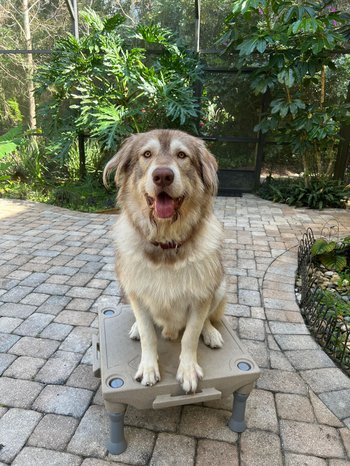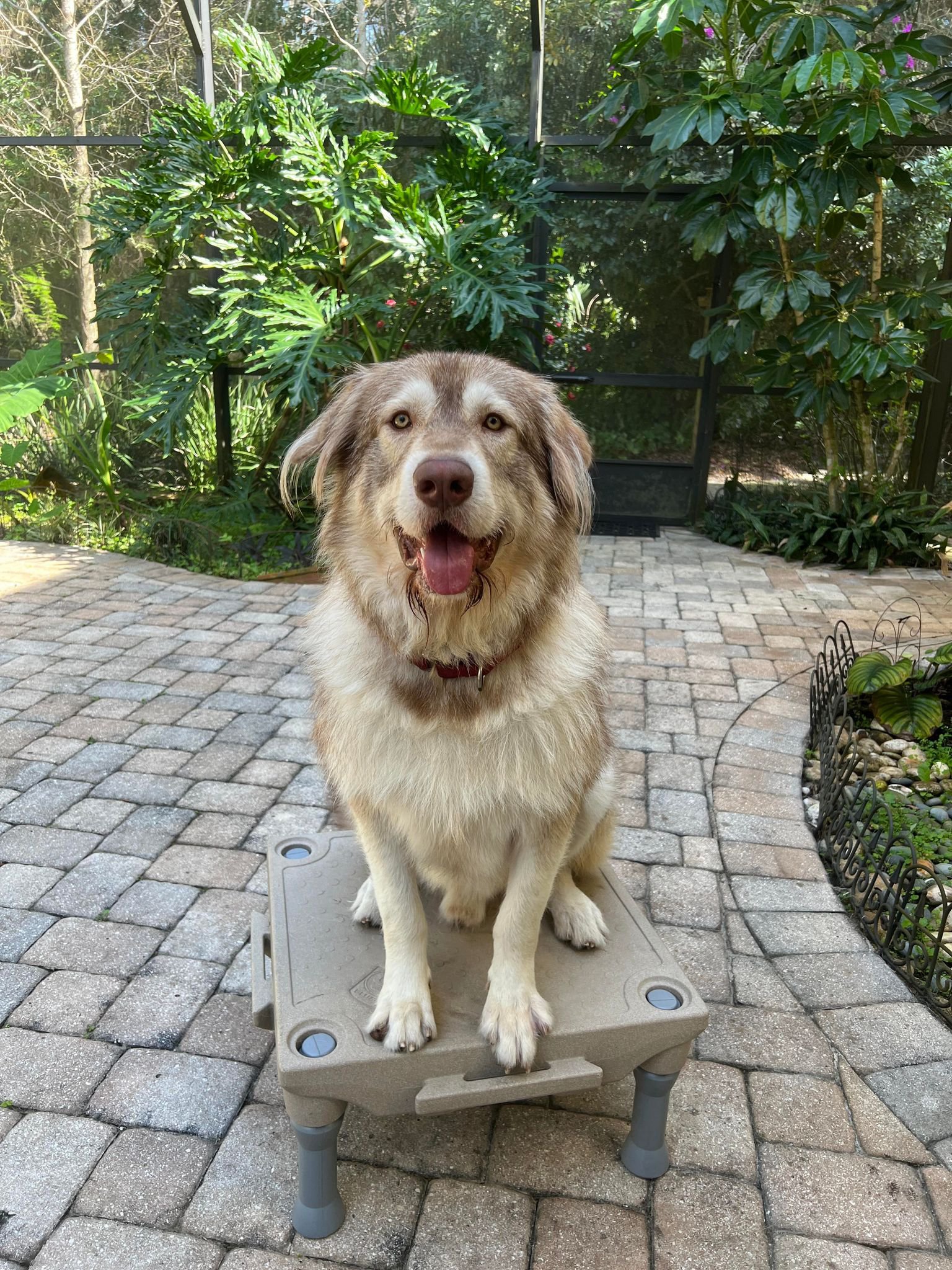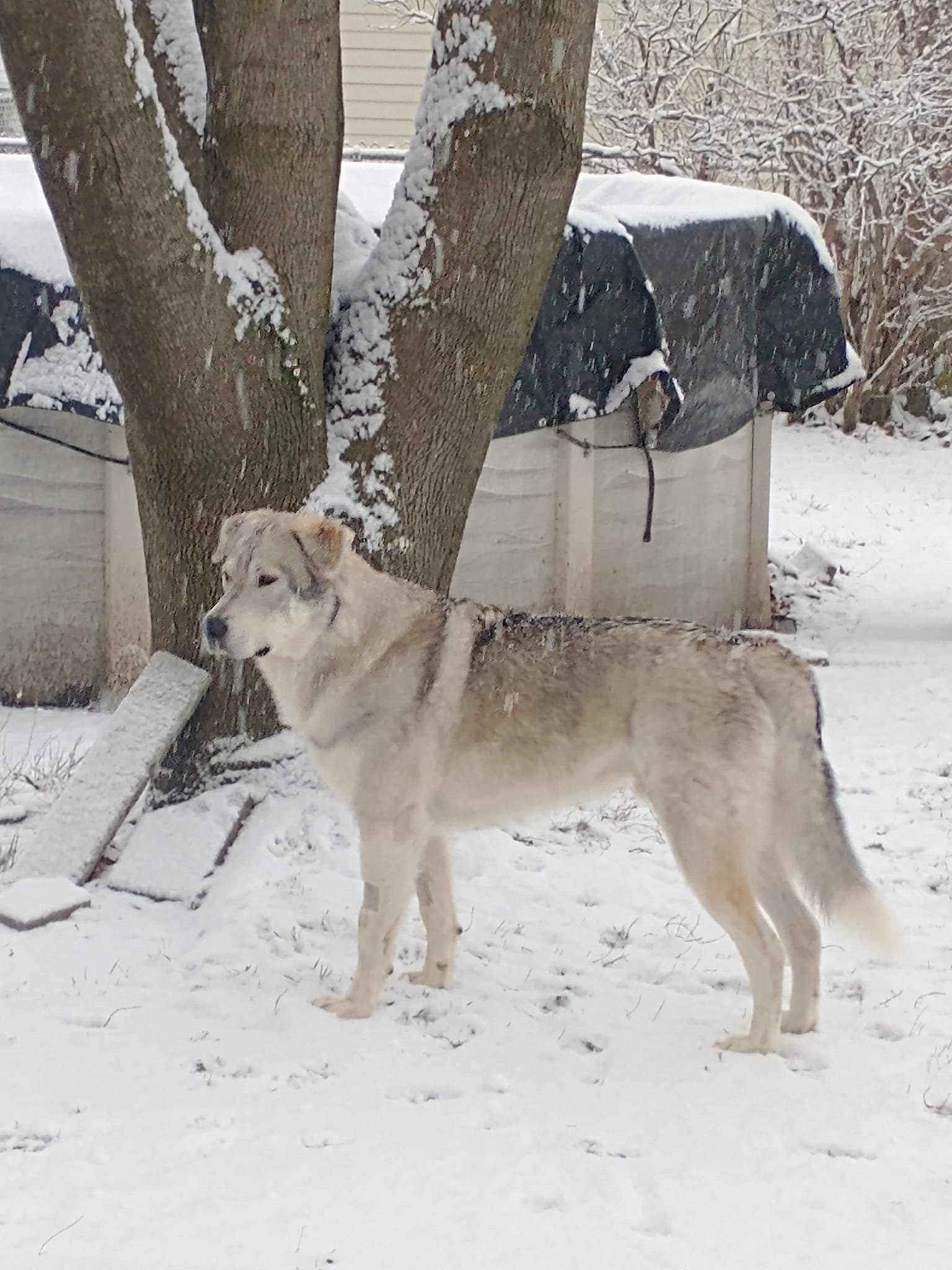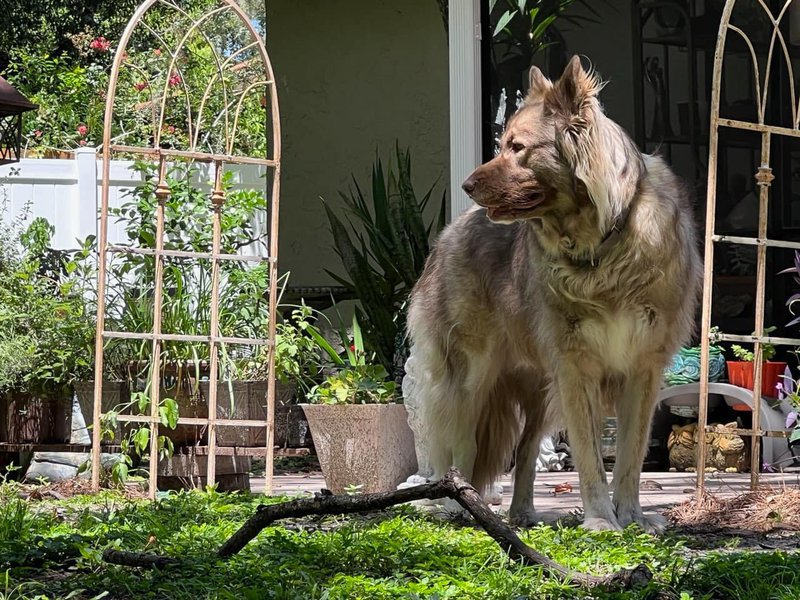How to mix and match a dire wolf
By Jennifer Stoeckl, MAT - Dire Wolf Project CEO, Sept. 28, 2023
AH… Genetics!
My very favorite topic.
I literally spend hours pouring over pedigrees and imagining the possibilities.
When I first started breeding back in 2006, I would plan out… something like… five generations in advance.
Oh, I thought I was so slick with all my charts and notes on page after page. HAHA!
I still have charts and notes today, but I no longer plan five generations ahead.
Spending the time researching that far in advance is the mark of an amateur. *wink, wink
I didn’t know that at the time, though.
So I burned the midnight oil many a night while Jay slept peacefully in bed upstairs at our Colorado Rocky Mountain cabin.
It wasn’t all a pile of frivolous, wasteful time, however.
It prepared me to be able to jet through the process with much more ease and confidence.
And I learned a valuable lesson…
There is ABSOLUTELY NO POINT in planning years of pedigree preparation.
Because you can’t know what you will truly have until the pups are born.
The reason for this is because there are literally over one trillion possible genetic combinations when accounting for only TWENTY inherited traits.
That’s over one trillion possibilities for twenty traits for EACH PUPPY BORN!
Through selective breeding, we breeders work to reduce those massive odds and bring order and predictability to the process, but it is still a massive undertaking.
(That’s why newer breeds claiming to breed “wolfdogs without the wolf” are flat out lying if their dogs look anything like real wolves after a few generations. To truly shift only domesticated dogs back to a wild type without compromising health and temperament takes human lifetimes to achieve.) But I digress.
In our case, I am currently working on eliminating SEVEN unwanted outward appearance traits from the breed without compromising health and temperament.
Where are my mathematicians out there!?
Wanna know how many genetically inherited combinations are possible with only seven traits?
n = # of traits
2^n = # of phenotype options from each parent
(2^n)^2 = # of combined possibilities
(2^7)^2 = 16,384
…
FOR EACH PUPPY!
…
Math geeks UNITE!!
Anyway… where was I?
I kinda got carried away there for a minute.
Forget all that math stuff for a second.
Just know this…
No one can predict 16,384 possibilities per puppy
in a litter of SIX puppies!!
It’s just not going to happen.
So…
Exactly what ARE those seven genetic outward appearance traits I am trying to eliminate from the breed?
Why, I am so glad you asked.
I am always excited to talk about genetics! *villainous cackle
(Again, for any trolls lingering out there in the shadows… I am assuming health and temperament are already accounted for…)
- recessive black
- black/tan color pattern
- red dilute
- double furnishings
- feathering
- low shedding
- curly coat
Now… without knowing anything about genetics, you might say to yourself…
“GEE, how hard can it be
to get rid of seven known unwanted
outward appearance traits from a breed?”
Well, now you know it’s 16,384 possible combinations per puppy hard!
I bet some of you are wondering what those above seven traits actually are.
Here is my FAVORITE website with myriad pictures and graphics to wet your little budding geneticist self’s appetite…
Some of you may also be wondering WHY we don’t want those particular appearance traits listed above.
- Recessive black is NOT found in wild wolves. (Dominant black is the black wolf’s genetic coloring. Stanley is a dominant black color.)
- The black/tan color pattern is most identifiable in the United States as a German Shepherd Dog coat color pattern and completely detracts from the wild look.
- Sorry red-heads, the diluted red is not a wild wolf color, even though red dilutes have bright yellow eyes.
- Long wisps of hair on the chin, face, and in the ears (called furnishings) are inherited as linkage genes. The more of these linked genes a dog has, the more furnishings they will receive. When a dog inherits these linked genes from both parents, the dog will show many more long hairs on the face and ears, like a long beard. We would like to avoid furnishings altogether in the breed, but we definitely do NOT wish to breed two dogs who both carry furnishings.
- Long, human-like hair between the toes, behind the legs and ears (like a Golden Retriever has) is NOT a wild trait. It causes balls of snow to accumulate on the dog’s coat and in between the toes. Feathering is also fine and mats extremely easily, requiring constant grooming.
- Low shedding dogs retain allergy-causing dander, debris, and smells. This type of coat requires regular bathing to keep clean. Unfortunately, regular baths also strip a dog’s skin of important oils. This, in turn, can lead to increased allergy symptoms and skin irritation.
- I suppose there is no evidence that dire wolves did not have curly coats, but living wild canids today do not show this trait, so it is assumed dire wolves did not have it either. This trait is quite noticeable and greatly detracts from the overall wild look of the breed.
So…
As I was thinking about all of these traits yesterday, I created a little chart to see just what possible matches I have with the available dogs.
It’s pretty sparse.
Which means…
I won’t be able to eliminate all seven of these outward appearance from the breed anytime soon.
But, I can work on one or two of the most undesirable ones.
Of the above seven outward appearance traits,
which two would you choose to eliminate first?
Reply to this email and let me know.
Jennifer Stoeckl is the co-founder of the Dire Wolf Project, founder of the DireWolf Guardians American Dirus Dog Training Program, and owner/operator of DireWolf Dogs of Vallecito. She lives in the beautiful inland northwest among the Ponderosa pine forests with her pack of American Dirus dogs.



